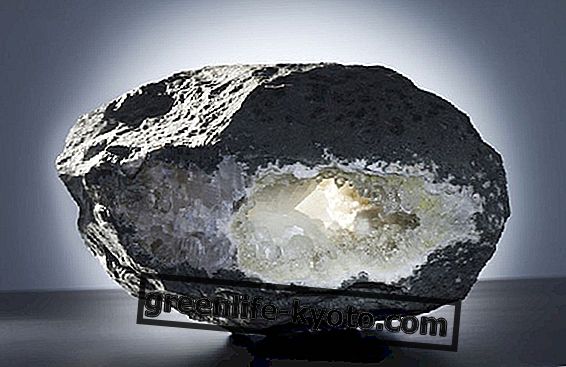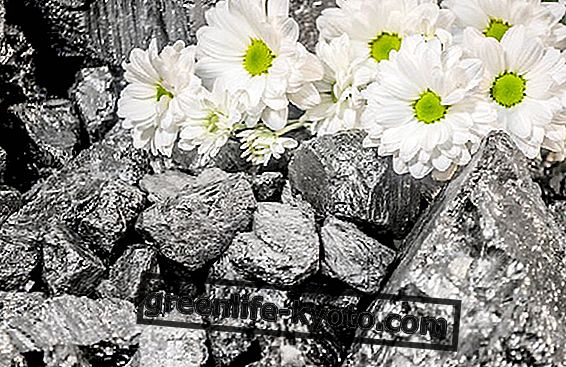
December is the month when winter comes; smells of citrus fruits and upcoming festivities; our body needs hot dishes and vitamin C to deal with the cold. What are the fruits to bring to the table? With which ingredients do you prepare the hot December soups?
December fruit
December is above all the citrus season: mandarins, oranges and clementines, with their bright color, their scent and their sweet but also sour taste cannot be missing in our homes.
Citrus fruits are known above all for their vitamin C content, but they have numerous other qualities. Mandarins, for example, contain bromine, a substance that promotes relaxation and night rest; they are also particularly rich in fiber. Even the oranges have an excellent content of dietary fiber but, to benefit fully, you should eat them in wedges, rather than squeezed, without eliminating the white part (albedo) which is the richest in pectin too meticulously. Of course, however, an orange juice is an excellent drink to be served at breakfast or as a snack, especially if consumed immediately after having prepared it.
Other seasonal fruits in December are kiwis, apples and pears that accompany us throughout the coldest months.
Kiwis have a higher vitamin C content than citrus fruits. They promote intestinal motility and are therefore very useful especially when there is a tendency to suffer from constipation.
Pears contain various healthy substances including boron, calcium and lignin, a dietary fiber that promotes the well-being of the heart and arteries.
Finally, apples are considered the fruit of health par excellence, we all know the saying: an apple a day keeps the doctor away.
We take advantage of all this beautiful fruit to prepare even our natural homemade cakes, for a diet increasingly attentive to health and well-being.
December vegetables
December is the season of cabbage, cauliflower, broccoli, cabbage, fennel, chicory and even red radicchio, all perfect ingredients for warm winter soups.
Fennel is a vegetable present on our tables almost all year round and is one of the most typical foods of the Mediterranean table. They can be eaten either cooked or raw and they promote digestion; thanks to their characteristics they are very indicated also in the diet of the small child and the elderly. They help to counteract the formation of intestinal gases; they have depurative qualities; they are low in calories .
Cabbage, cauliflower, green and red cabbage, broccoli, Brussels sprouts and turnip greens are rich in minerals and chlorophyll ; the latter helps fight anemia as it promotes the production of hemoglobin.
Chicory favors concentration; has laxative qualities; stimulates the activity of the liver and pancreas helping to regulate cholesterol and glucose values in the blood.
Red radicchio, like all vegetables of this color, is very rich in antioxidant substances .
Tips for the December vegetable garden













